Lessons from Madoff: Investing Offshore & High Risk Transactions
Investing offshore and asset protection have become a central theme of the Madoff case in 2016. The US trustee wants to clawback as many of the payments made by Madoff to his clients prior to the fund imploding. Those who got out early want to keep their gains. Only sophisticated parties investing offshore have been safe so far.
See the link at the bottom of this article for an update posted Nov. 23, 2016.
Here’s a bit of background on Madoff and the issues raised by those investing offshore in to his funds.
When you invest in to the US from an offshore company, you might be protected from government clawbacks. This is especially important when you make a high risk investment and that “opportunity” goes south. By investing offshore you can protect your returns from government seizure.
The case being decided this week involves the trustee attempting to take about $21.5 million from the billionaire brothers Charles and David Koch. They invested in Madoff’s US fund through an offshore feeder they controlled. In addition, the trustee has filed 86 cases and is attempting to collect $2 billion from offshore accounts.
To date, the trustee, Irving Picard, has collected $11 billion dollars from companies and investors in the United States but none from offshore. Profits earned by those investing offshore and through international structures have been out of the reach of the US government.
And, this being America, you can be sure that the lawyers are making a killing. Mr. Picard billed more than $10 million per month for a 4 month period in 2015. He’s billed about $700 million through June 2015… obviously working very hard in the public interest.
Once the trustee collects all he can, and takes his cut, he will distribute the remainder to every investor in the Madoff fraud. Each will get a pro rata share of the recovered money. Obviously, this will be pennies on the dollar for those who came into the ponzi scheme late.
And US judges have ruled in several cases, including this one, that money transferred overseas by Madoff to his investors is out of the reach of the US trustee liquidating Madoff’s company and personal asset.
The basic idea of the extraterritoriality defense is that US courts cannot impose their rules and laws on defendants in foreign countries (In re Bernard L. Madoff Investment Sec., LLC, No. 1:12-ms-00115-JSR, Dkt. No. 551 (S.D.N.Y. July 7, 2014)). This principle applies to offshore structures owned by US persons and offshore funds domiciled offshore and operated from the United States.
That’s the basic rule. How it gets manipulated in large litigation is another matter. You’ll find that the rules of law are often manipulated by lawyers to maximize their profits.
US trustees are financially incentivised to bill as many hours as possible to sue anyone and everyone they can find…. When a case like Madoff comes along, it’s a feeding frenzy.
Keep in mind that Madoff’s ponzi scheme was was the largest ever uncovered. There were an estimated $18 billion in customer losses and over 60,000 persons or entities have filed documents to collect from the trustee. Because of the amount of cash at their disposal, the litigators have filed cases in Austria, Italy, Bermuda, BVI, Cayman Islands, UK, Gibraltar, Ireland, Switzerland and Luxemborg.
- Notice that countries with strong asset protection laws, such as Nevis, Panama, Cook Islands and Belize are not on this list. Filing claims there would be a waste of time, even with unlimited resources at your disposal.
That’s not the norm. In most cases, trustees have some financial constraint. They can’t spend $50 million to collect $5 million. In smaller cases, having invested from abroad means the US lawyers won’t even attempt to collect from you… they don’t have the budget to file claims in foreign jurisdictions.
The takeaway from this article is that offshore structures provide the savvy investor a level of protection not available to the average person. Where the US trustee has collected billions from US companies, funds, and individuals who took out profits from the Madoff scam, he has yet to reach the $21 million earned by Koch or the nearly $2 billion paid out to other similarly situated foreign and professional investors.
Please don’t read this article as a “how to guide” to build an offshore scam! The extraterritoriality defense for offshore investments applies only to innocent parties.
Picard isn’t accusing Koch and the other defendants in his many cases of being a part of the fraud. Koch took their profits 2 years before anyone knew Madoff was a giant ponzi scheme and had nothing to do with the crime.
Madoff’s offshore network was quickly dismantled by the US government. Once you’re accused of a crime, the extraterritoriality defense no longer applies. It’s only available to innocent bystanders (be they offshore companies or persons) and not the perpetrators of the fraud.
In the case of the Koch brothers, they invested in Madoff’s fund through an offshore feeder they owned. While Madoff’s Cayman feeder funds have been broken up for years now, Koch’s structure has held back the trustee.
UPDATE November 23, 2016: The US appeals court has ruled in favor of the Koch brothers, ending the case and preventing the US trustee from collecting nearly $2 billion from offshore companies and funds. For more, see the NY Times article, Kochs and Other Madoff Investors Are Winners in Fight Over Profits Held Abroad
I hope you’ve found this article on the lessons to be learned from Madoff and going offshore with high risk investments to be helpful. Please contact me at info@premieroffshore.com or (619) 483-1708 for information on setting up a business or fund offshore.

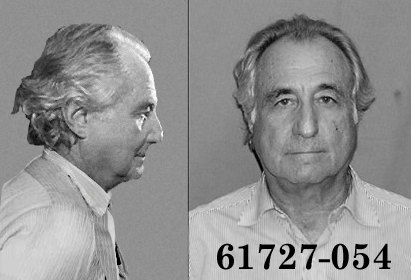

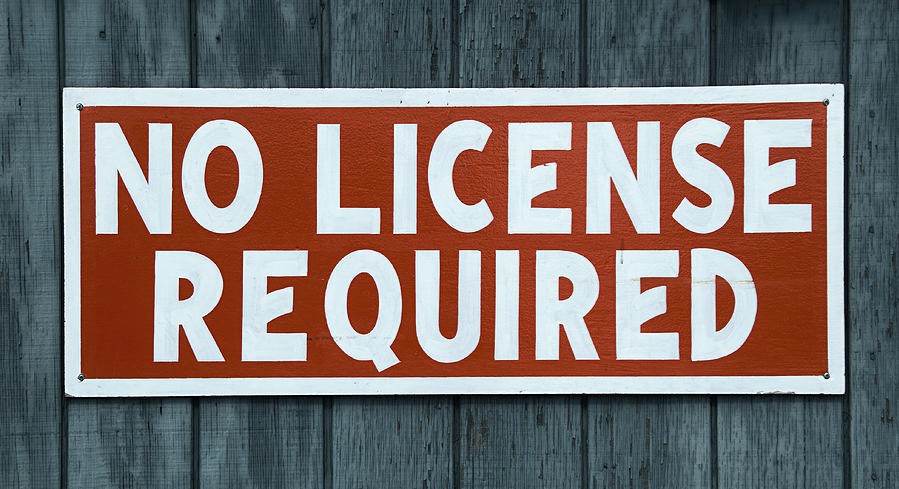
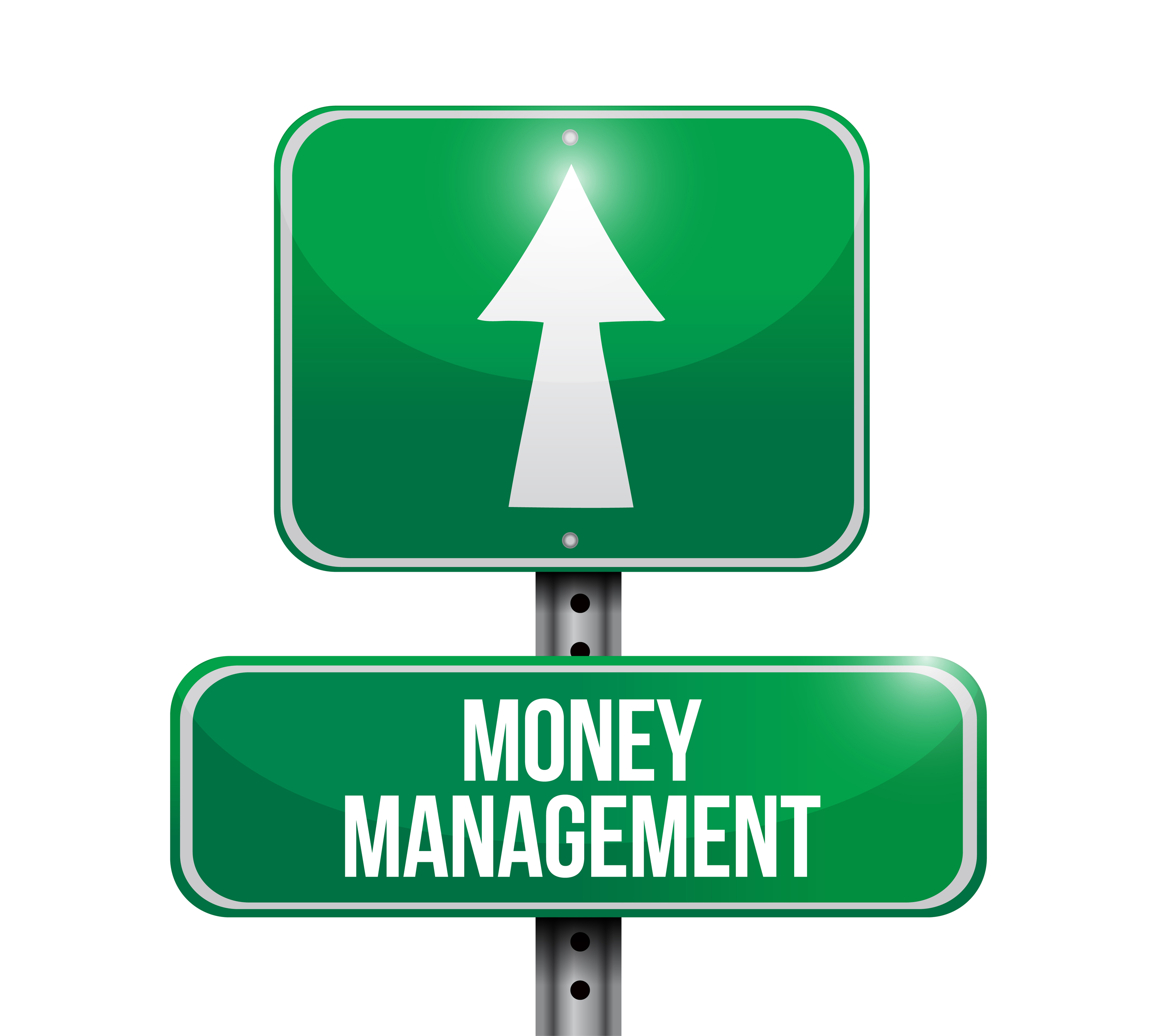

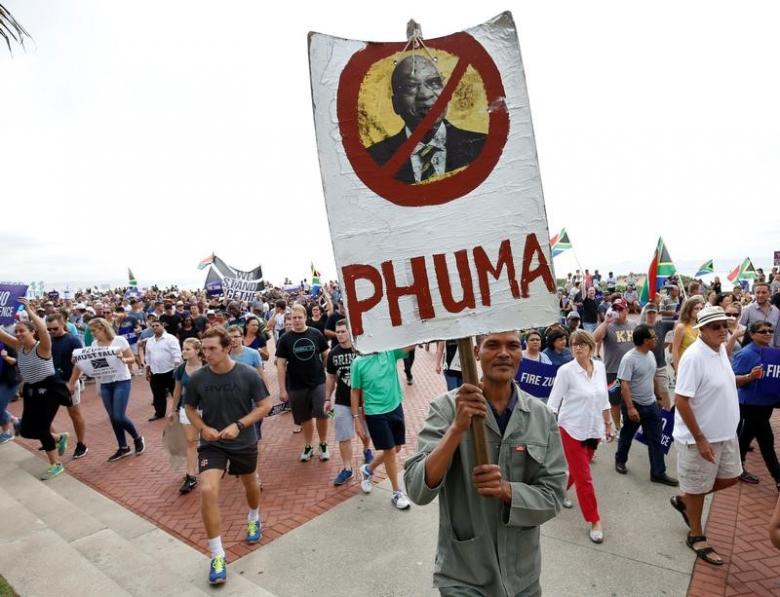
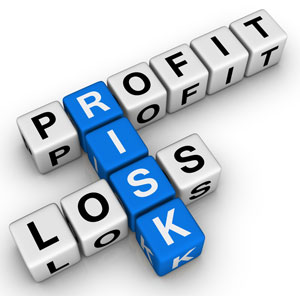
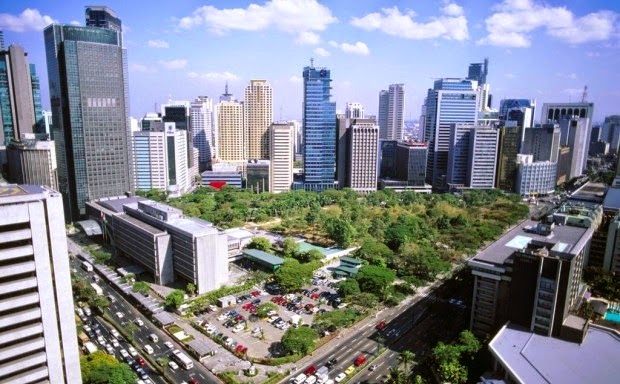
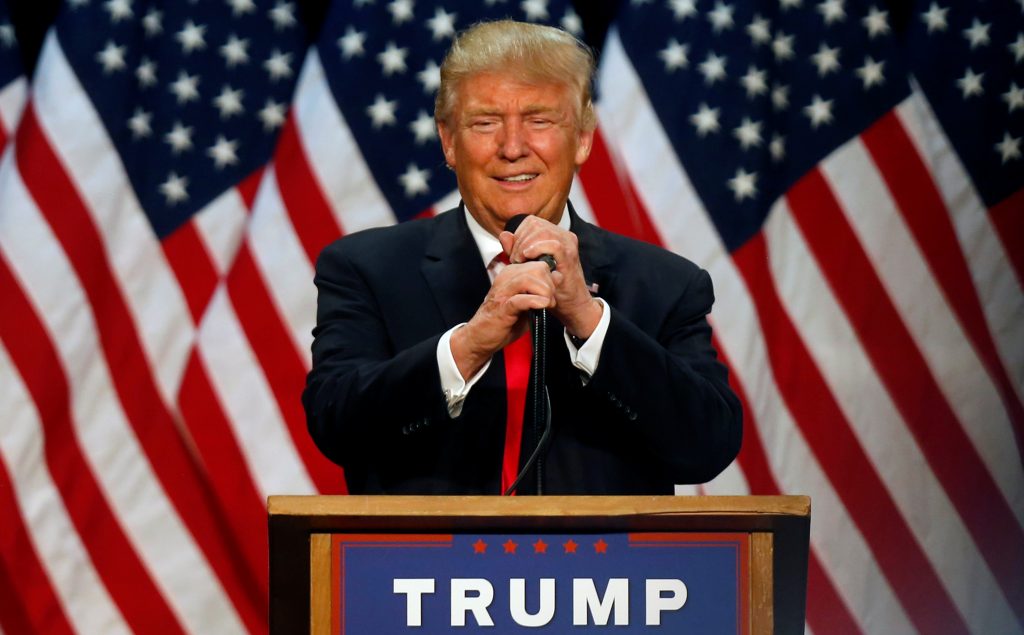

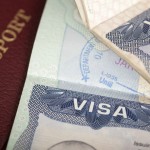
Leave a Reply
Want to join the discussion?Feel free to contribute!